This is a talk I gave a few years ago. It covers the mythology of Arunachala before explaining its importance to Ramana Maharshi and the attraction it holds for millions of Saiva devotees.
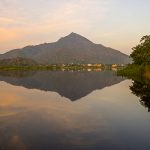
Ramana Maharshi's life, teachings and devotees

This is a talk I gave a few years ago. It covers the mythology of Arunachala before explaining its importance to Ramana Maharshi and the attraction it holds for millions of Saiva devotees.
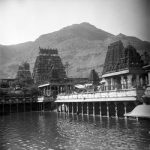
In this essay Michael James expounds on the greatness and power of Arunachala primarily by citing and elaborating on written and spoken statements made by Ramana Maharshi.
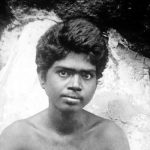
In the late 1930s Bhagavan made a legal deposition on behalf of the Arunachaleswara Temple which was fighting to retain control over a portion of Arunachala. In his submission Bhagavan spoke about his own relationship with the hill and provided evidence of the historical sanctity of the mountain.
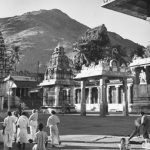
The Arunachala Puranam is a long Tamil poem that contains most of the mythological information pertaining to the mountain of Arunachala. The excerpt I have chosen, translated by Robert Butler, explains how Siva manifested as a column of light to teach Brahma and Vishnu a lesson in humility
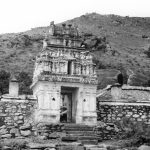
Guhai Namasivaya was a Tamil saint who lived on Arunachala about 400 years ago. Like Ramana Maharshi he attributed his liberation to the power of the mountain, and like Sri Ramana he composed a substantial body of poetry that expressed his gratitude to Arunachala for liberating him.
This is an account of Guru Namasivaya, the chief disciple of Guhai Namasivaya. It follows him from his climactic encounter with his Guru on the slopes of Arunachala to Chidambaram where, with Siva’s assistance, he raised funds for the improvement of the temple.
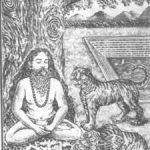
Isanya Jnana Desikar was a Tamil saint who lived in Tiruvannamalai in the late 18th and early 19th centuries. He was a devotee of Arunachala who was liberated through its power and grace. The article contains a biography and verses in which he speaks of his own experiences and his love for the mountain.
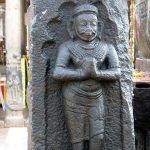
King Vallalan was a South Indian ruler who was based in Tiruvannamalai in the first decades of the 14th century. His exploits are chronicled in the Arunachala Puranam. In this article I compare the puranic version of his life with the known historical facts.